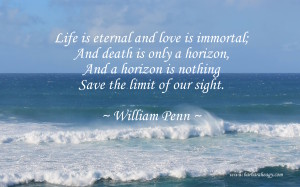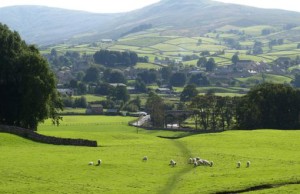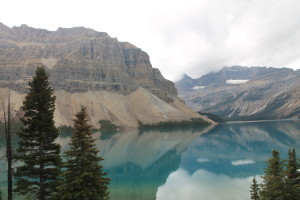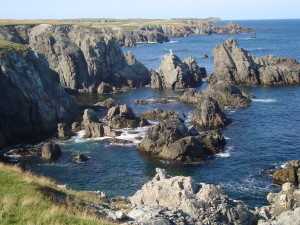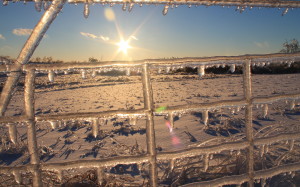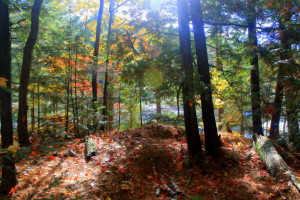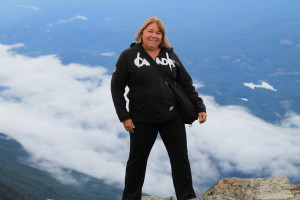Yesterday my Snack ‘n Chat group that meets weekly had one of our potluck lunches. One of the women has been recently widowed after forty-seven years of marriage and she told us a beautiful story about the loss of her wedding ring in a local store shortly after her husband’s death and its miraculous recovery.
For two weeks after the loss of the ring, she returned to that store over and over again, asking in different departments and areas of the store if it had been found. No one had seen it.
Again this week, she asked a young clerk if the ring happened to be under the cash area on a shelf perhaps. It wasn’t. My friend moved on to do more shopping and the young girl went to talk to one of her friends in the store. The next thing my friend heard was her name being called over the P.A. system. She was to return to the same counter again.
“Now, I don’t want to get your hopes up,” the young girl said. “We have found a wedding ring. It may not be yours. Security is bringing it to us.”
They all watched with anticipation as a uniformed guard approached. He stood before them and pulled out a clear plastic bag from his pocket. Inside was the wedding ring!
My friend was overjoyed and broke out in loud squeals and a mixture of tears and laughter. The clerks and guard all joined her causing a joyful ruckus that could be heard throughout the store.
Where had the ring been all this time? No one was sure but my friend’s persistence and prayers paid off.
We each shared stories that day about miraculous events after the loss of a loved one. One woman felt her deceased husband had visited her in the night leaving a kiss on her lips. Another spoke of a knock at a door, and her deceased father entered the room, fully clothed, in the flesh. She felt he had returned so she could say a final goodbye to him. I shared my story of a medium’s message of eternal love and gratitude from my beloved Tom.
I found it quite amazing that four women had four stories about miraculous events after the loss of a loved one. We tend to not talk of these things in our society. I believe there are more stories out there. It appears that our loved ones do go on and can send us signs and symbols from eternity. Love lives on.
